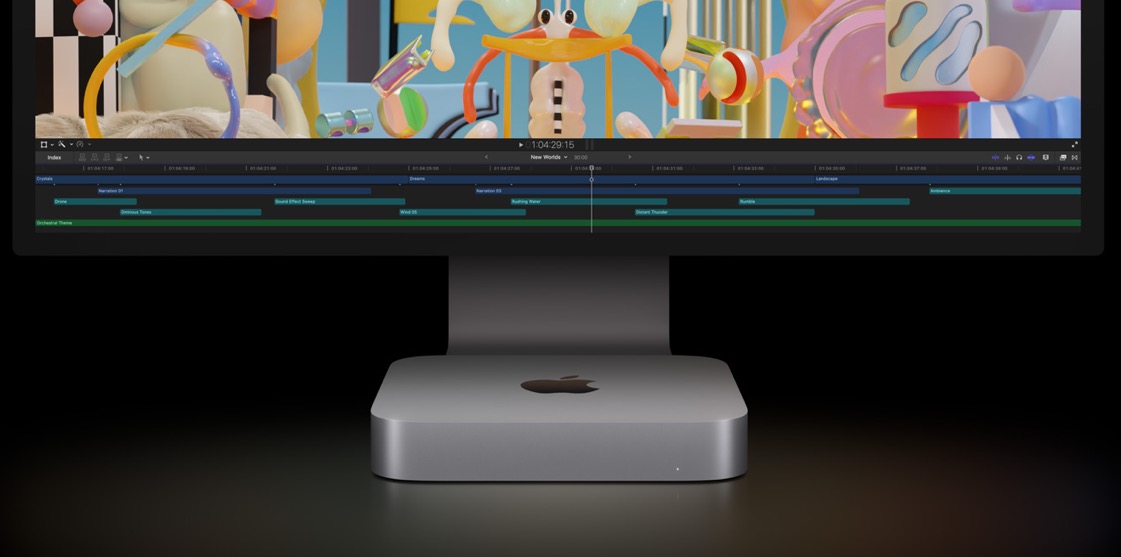
Apple Execs Talk About the Mac’s 40th Birthday This Week

As Apple’s Macintosh computer is set to celebrate its 40th anniversary this week, Wired’s Steven Levy sat down with Apple executives to discuss the iconic computer’s journey and future, ahead of the milestone birthday on January 24.
Despite a dip in sales, with revenues falling below $30 billion from the previous year’s $40 billion USD, the Mac has evolved to become faster, slimmer, and more power-efficient. If you have a Mac with Apple Silicon, you know what we’re talking about.
“It’s not a story of nostalgia, or history passing us by. The fact we did this for 40 years is unbelievable,” said Greg Joswiak, Apple’s Senior Vice President of Worldwide Marketing.
Meanwhile, John Ternus, Apple’s Senior Vice President of Hardware Engineering, highlighted the transformative impact of Apple’s shift to its own silicon in 2020, saying, “With the transition to Apple silicon that we started in 2020, the experience of using a Mac was unlike anything before that.” This change marked a new era in the Mac’s performance and efficiency, freeing the company of Intel’s chips that previously would result in hot computers and fans running wild.
“Our goal is to make those products work really well together, to create that consistency,” said Alan Dye, Apple’s Vice President of Human Interface Design. He pointed out the synergy between the Mac and Apple’s other products, especially the iPhone, citing the linked ecosystem.
Craig Federighi, Apple’s Senior Vice President of Software Engineering, reflected on the influence of the iPhone on the Mac’s development: “I joke that we had to create the iPhone to create the scale to build the Mac we wanted to build.” He also noted the beneficial impact of the iPhone’s success on Mac’s evolution.
Looking ahead, Molly Anderson, a leader in industrial design at Apple, suggested the potential for revolutionary changes in the Mac’s design. “There’s definitely the possibility for a revolution in the future,” Anderson said, indicating an openness to radical innovation in future Mac models.
The discussion also touched upon Apple’s first Spatial Computer, the $3,499 USD Vision Pro headset. Dye commented on the possible influence of this technology on future Macintosh designs, stating, “The Mac experience already is on Vision Pro.” It remains to be seen how much productivity can be done since the Vision Pro battery life is 2 hours only.
As the conversation concluded, Joswiak expressed confidence in the Mac’s enduring place in Apple’s lineup. “It’s hard to imagine there being an Apple and not having a Mac.”
Until there’s a better solution for productivity, the Mac is definitely going to be here to stay. Maybe one day the iPad can get more macOS features?

